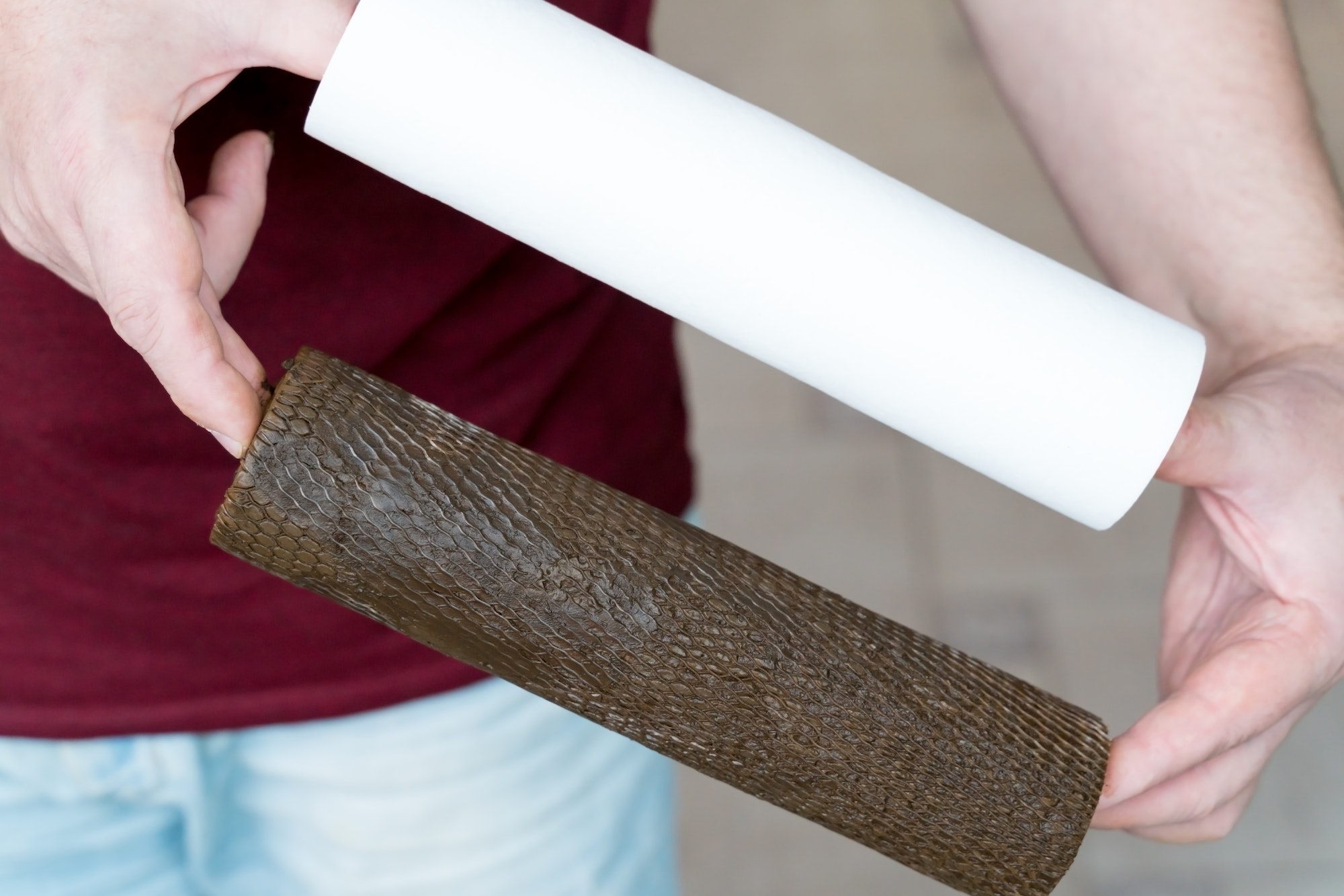Microalgae are considered a promising feedstock for the production of biofuels and other value-added products due to their high growth rate, ability to accumulate lipids, and potential to grow in wastewater or saline water. However, the efficient and cost-effective harvesting of microalgae remains a challenge for large-scale applications. Among various harvesting techniques, filtration and sedimentation stand out as two common methods used in microalgae processing. Each of these methods has its advantages and disadvantages, which will be discussed in this article.
Filtration
Filtration is a physical separation process that involves passing a mixture through a porous medium to separate particles from a liquid. In the context of microalgae harvesting, filtration can be achieved using different types of filters such as membrane filters, vacuum filters, or pressure filters.
Advantages of Filtration
- High efficiency: Filtration can achieve high solid-liquid separation efficiency, with recovery rates up to 99%.
- Scalability: Filtration systems can be easily scaled up to process large volumes of microalgae culture.
- Selective separation: The use of membranes with specific pore sizes allows for the selective separation of microalgae cells from contaminants or other unwanted particles.
- Low energy consumption: Compared to other harvesting techniques like centrifugation or electrocoagulation, filtration consumes relatively low energy.
Disadvantages of Filtration
- Fouling: Membrane fouling is a major challenge in filtration processes, leading to reduced efficiency and increased operational costs.
- High capital costs: Filtration systems, especially those utilizing membrane technology, can have high initial capital costs.
- Maintenance: Regular maintenance is required to prevent fouling and ensure optimal performance.
- Filter media disposal: Disposal of used filter media can pose environmental concerns and add to operational costs.
Sedimentation
Sedimentation is a gravity-driven process that separates particles from a liquid based on their density differences. In the context of microalgae harvesting, sedimentation can be achieved using gravity settlers, inclined plate settlers, or lamella clarifiers.
Advantages of Sedimentation
- Low energy consumption: Sedimentation requires minimal energy input as it relies on gravity for separation.
- Simple operation: Sedimentation systems are relatively simple to operate and maintain compared to other harvesting techniques.
- Low capital costs: The initial capital investment for sedimentation systems is generally lower than that for filtration or centrifugation methods.
- Scalability: Sedimentation systems can be easily scaled up to process large volumes of microalgae culture.
Disadvantages of Sedimentation
- Low efficiency: Sedimentation has lower solid-liquid separation efficiency compared to filtration or centrifugation, especially for small and low-density microalgae species.
- Long settling time: The settling time required for sedimentation can be lengthy, which may not be suitable for large-scale applications.
- Space requirements: Sedimentation systems require a larger footprint than other harvesting methods due to the need for large settling tanks or ponds.
- Sensitivity to environmental conditions: The efficiency of sedimentation processes can be affected by changes in temperature, pH, and other environmental factors.
In conclusion, both filtration and sedimentation offer unique advantages and disadvantages for microalgae harvesting. Filtration provides high efficiency and selective separation but can be limited by fouling and high capital costs. On the other hand, sedimentation offers low energy consumption and simple operation but suffers from low efficiency and long settling times. Ultimately, the choice between these two methods will depend on factors such as the specific microalgae species being harvested, the scale of the operation, and the desired product quality.


